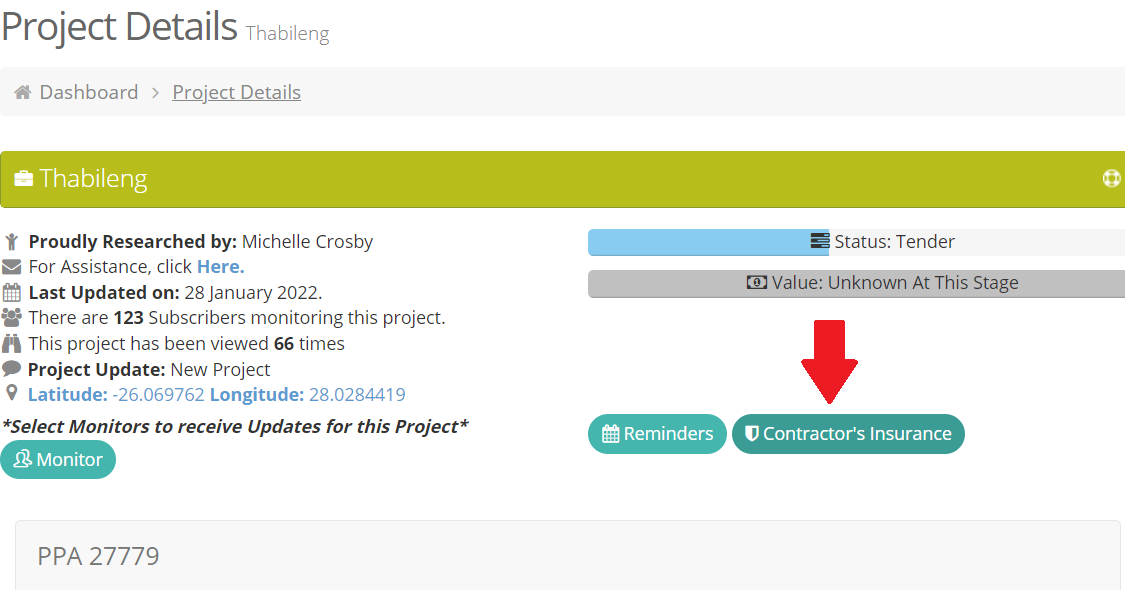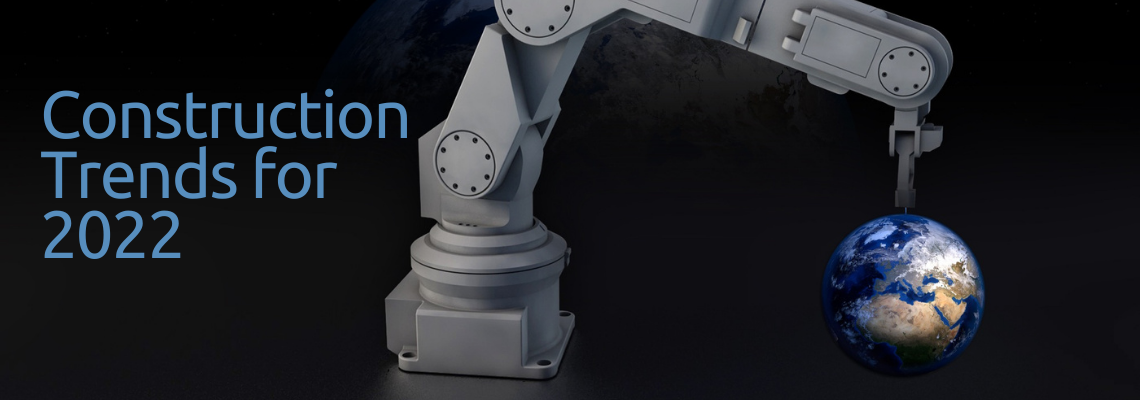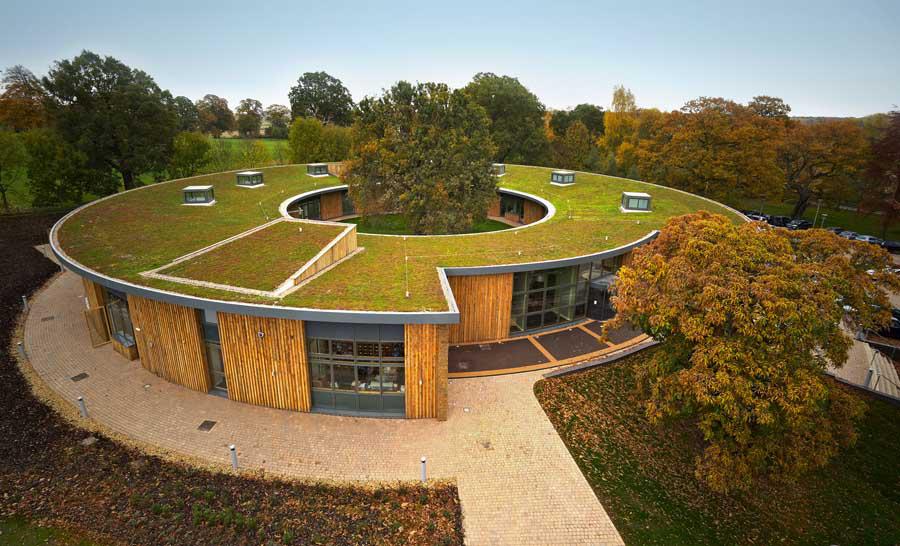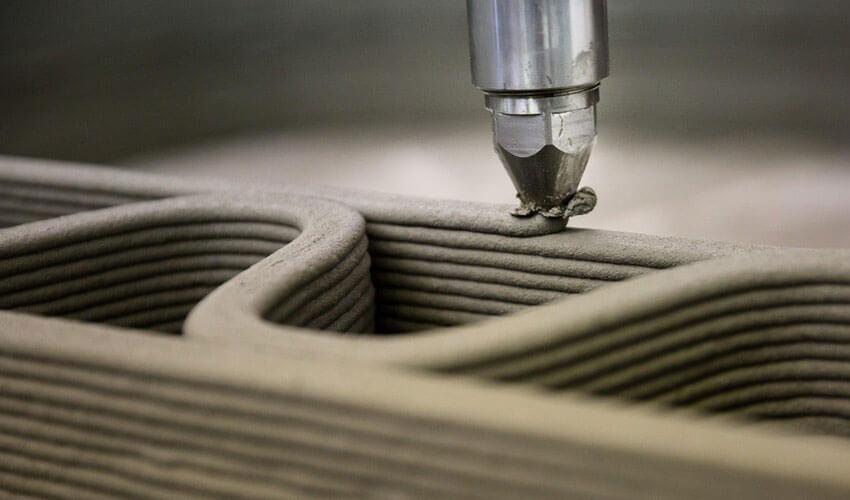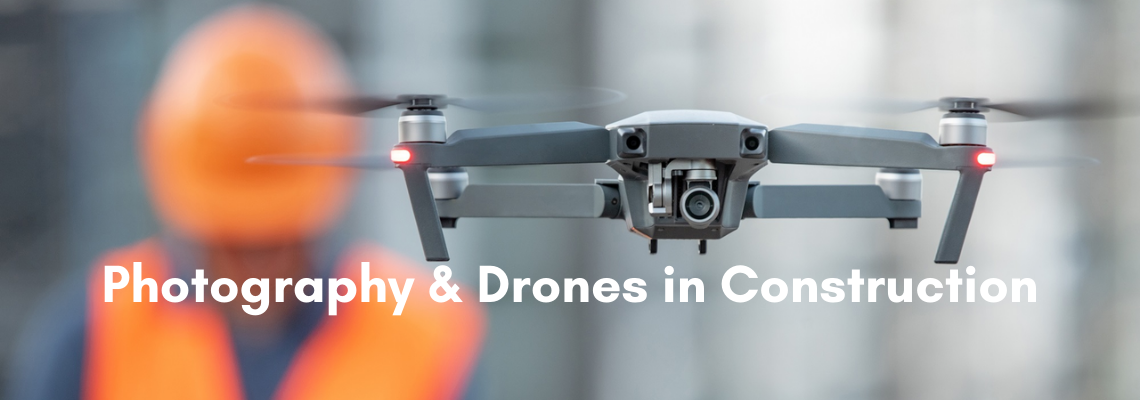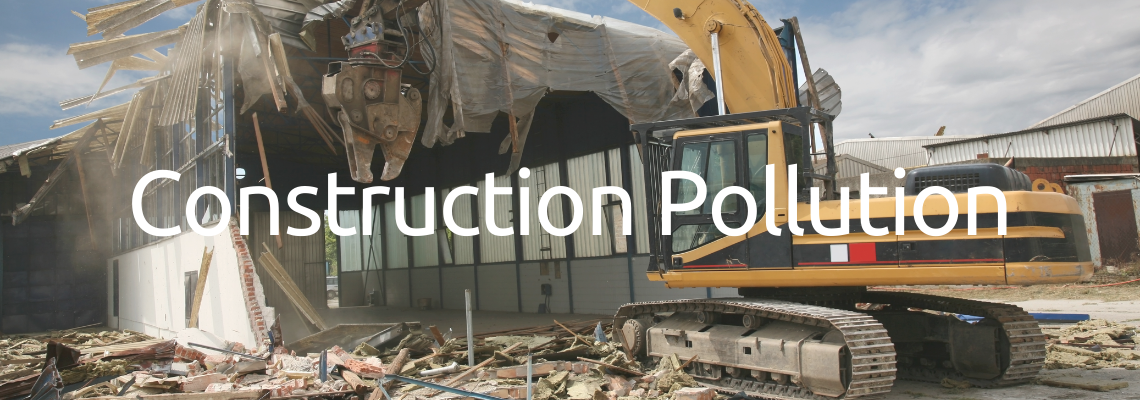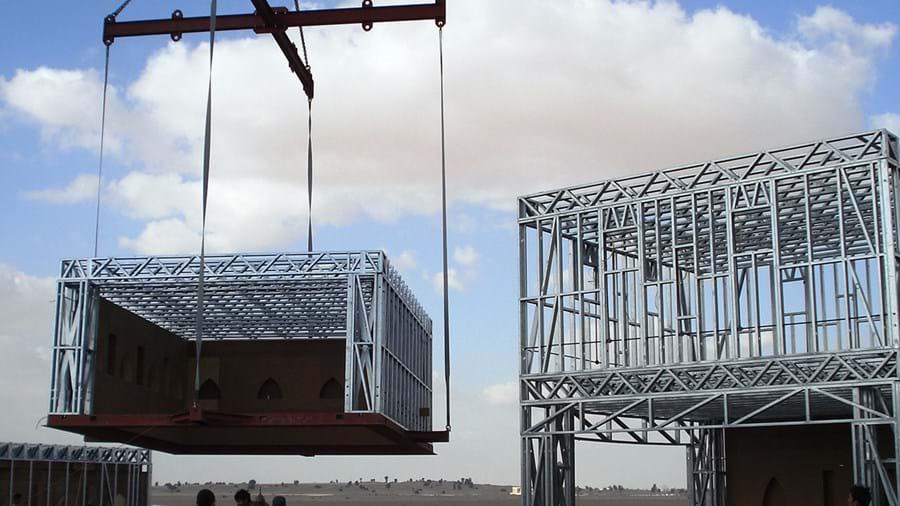
Whether you work within the construction industry or not, at some point in time you may have heard of the term CIDB.
If you are an existing subscriber of Leads 2 Business you may have also seen the CIDB tab on our website. The function of this tab is to enable our subscribers to find the perfect leads, relevant to their business quickly and efficiently. This functionality also allows our subscribers to cut their lead time when sourcing new opportunities.
However that still does not answer, what CIDB is and its role, and this is what I aim to do in this blog,
The Construction Industry Development Board is a national regulating framework database, where contractors and construction projects are graded according to financial capacity, for there to be a systematic way to regulate and monitor performance in the industry. The intention of the establishment of the CIDB was to create a fair and enabling environment for growth and development in the Construction Industry of the country.
How does the grading actually work?
There are various grading levels between two to nine and different classes of work, so for someone to qualify for grade 2, it means that their company needs to have completed at least one single large construction project between the values of R 150 000 to R650 000 within the immediate past 5 years. Projects completed more than 5 years ago do not qualify and as such, are not considered by the CIDB. In order to qualify for a higher grading, it means the project values a company deals with should also increase to meet the next value criteria.
The Impact of the Register of Contractors on its stakeholders:
• Helps contractors to make better decisions when tendering, and clients to make informed decisions when awarding contracts;
• Increases the rate of project success and thereby helps contractors to build their own track record;
• Creates a sustainable tendering and business environment for contractors; and
• Helps to level the playing field for contractors.
Where to register?
For grade 1 register online via the CIDB website portal www.cidb.org.za. It takes 48 working hours to process an application and activate a Grade 1 on the system.
For Grade 2 to 9 you can visit your nearest CIDB provincial Office to apply for registration. Grade 2 to 9 applications must be accompanied by the relevant supporting documents. The maximum period for processing Grade 2 – 9 applications is 21 working days.
To view more Articles, please visit our Leads 2 Business Blog.
If you are interested in becoming one of our subscribers, please visit Leads 2 Business.
To view notes with screenshots on how to use our website, please visit Leads 2 Business Wiki.
About Sonet van Wygaard
I started working at Leads 2 Business in 2014. I was part of the Tenders Africa team and moved to Projects in 2019. I love every second of it!









